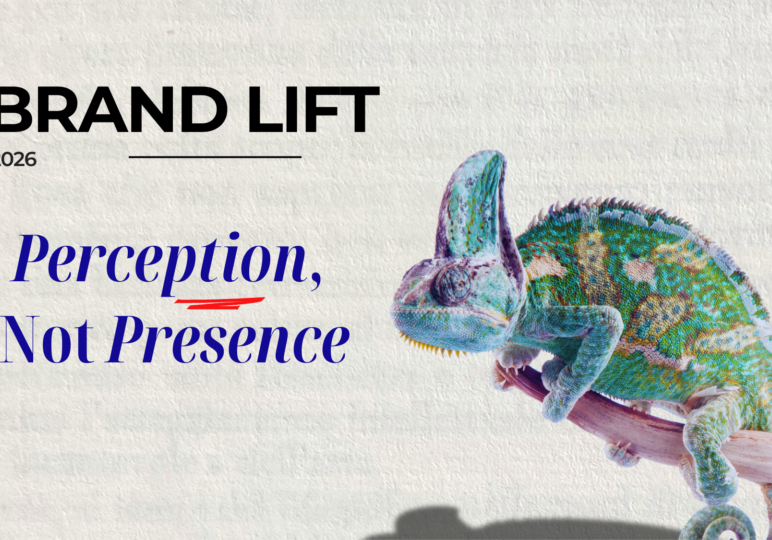
What the X Advertising Boycott Taught Us About Branding
From the first time the owner of X, Elon Musk, called out advertisers to the full X advertising boycott, controversy around the role of brands on the social media site have been shaky at best. Watching on in horror and confusion, the world has already witnessed Musk’s unconventional style collide with the platform’s traditional advertising ecosystem. This has resulted in many advertisers hitting pause, unsure of what the next chapter of X would be.
But what is at the core of this? And more importantly, what can brands learn from this upheaval? Let’s discover.
It all starts with Elon Musk’s rebranding of Twitter to X
When Musk acquired Twitter, there was an air of speculation about whether the platform would emerge as a beacon for free speech—offering a space where anyone could freely express their views. At first, the change was exciting. Could Twitter transform into something new?
But as the first few rapid changes were implemented, ranging from the introduction of paid verification to looser content moderation policies—advertisers began to reconsider their presence on the platform. Companies worried that their ads might appear alongside content that clashed with their values (aka white supremacy content), prompting them to rethink their presence on the platform.
So, what happens when a platform changes in ways that its audience isn’t prepared for? We can’t deny Musk vision for X was ambitious, but not all brands that advertised on Twitter were ready to adapt. As a result, many paused, reassessed, or even withdrew their support. For advertisers, the lesson is simple: vie for your audience no matter what.
Why brands loudly pulled away after the X advertising boycott
When one advertiser pulls the plug, it signals as a warning, but when multiple advertisers step back? That’s a full-blown statement. The ripple effect of boycotts can be immediate and relentless. Once major brands like Apple, Disney, Coca-Cola, and Procter & Gamble decided to distance themselves from X, it opened the floodgates, leaving the platform struggling to maintain any advertiser base.
In today’s world, where brand reputation matters more than ever, aligning with controversial platforms can backfire. When one brand pulls away, others often follow the same. But boycotts not just hurt the platform, they hurt the brand too.
For instance, pulling away from a popular platform could mean losing access to millions of potential customers. It’s a delicate balance that advertisers must walk—whether to stay and influence the conversation or leave to protect their image.
Some lessons advertisers can learn from the Musk new vision
Musk’s twisted approach to content moderation on X has shown advertisers the importance of protecting their brand. When a platform no longer aligns with advertiser’s values, they can leave with no choice but to pull their ads to protect their image. Here are some key lessons advertisers can learn:
Why brand safety matters to advertisers
Boycott is one critical concept when it comes to brand safety. Advertisers want to ensure their ads are placed alongside content that reflects their values. While Musk’s relaxed approach to content moderation on X has shown advertisers the importance of protecting their brand image.
Subscribe to our bi-weekly newsletter
Get the latest trends, insights, and strategies delivered straight to your inbox.
Brands were concerned that their ads might be placed next to hate speech or other inappropriate content, something they could not risk. Today advertising is not just about reaching a wider audience but also ensuring the right message should be conveyed to audiences with brand values.
As one brand pulls out, citing brand safety concerns, others reevaluate, creating a cascade effect. Brands learned quickly that no amount of reach is worth a misalignment with their identity.
Why stability matters
Under Musk’s leadership, X went through a series of rapid changes. From its name and logo to its monetization insights, the uncertainty surrounding the platform became a growing concern for advertisers. Uncertainty is poison for brands—no one wants to invest in a platform that could pivot overnight.
For advertisers the takeaway is clear, stability fosters trust. Brands want to partner with platforms that offer stability not volatility. It’s a reminder that change, while often necessary, needs to be well thought out, communicated clearly, and timed properly.
What happens when advertiser’s values don’t align with the numbers
Musk’s reimagining of X as an “everything app” introduced a bold new concept for the platform. By turning it into a hub for everything, Musk’s grand vision didn’t necessarily align with the advertising strategies that brands had initially bought into.
Here is the issue? Metrics matters. Advertisers are numbers-driven, and when engagement rates or user experiences shift, their investment in the platform starts to wane. To overcome this, Brands need to regularly assess if the platform’s mission aligns with their advertising goals, ensuring they’re reaching the right audience in the right way.
Advertisers need to restrategize
One important thing advertiser can learn from X fallout is the importance of agility. Boycotts aren’t just about withdrawing; they are about adjusting quickly when things don’t align. Brands that pulled their ads from X had to rapidly reconsider their strategy of placing ads.
Should they move to other social platforms or double down the programmatic advertising? With this teaching, advertisers must understand agility is no longer a buzzword, but it is a necessity. Brands must be prepared to respond to unforeseen changes in the platforms they invest in.
Will advertisers ever return to X?
While boycotts give a strong message to everyone, they are not a long-term solution. As X stabilizes, the question remains the same: will advertisers be able to deal with this? The answer depends largely on the platform’s ability to rebuild trust, offer clearer ad value propositions, and establish a more stable environment for brands.
The willingness of advertisers to return will hinge on how effectively the platform addresses their concerns. If X offers a safer, more predictable space, brands may come back. But until then, they will likely continue to explore other avenues.
Cut the chase
The fallout from Musk’s X highlights a crucial takeaway for advertisers, adaptability is the new constant. Advertisers need to act fast when platforms no longer align with their values, while platforms like X must prioritize brand safety and trust. The impact of these boycotts will shape the future of platform relationships with advertisers.


